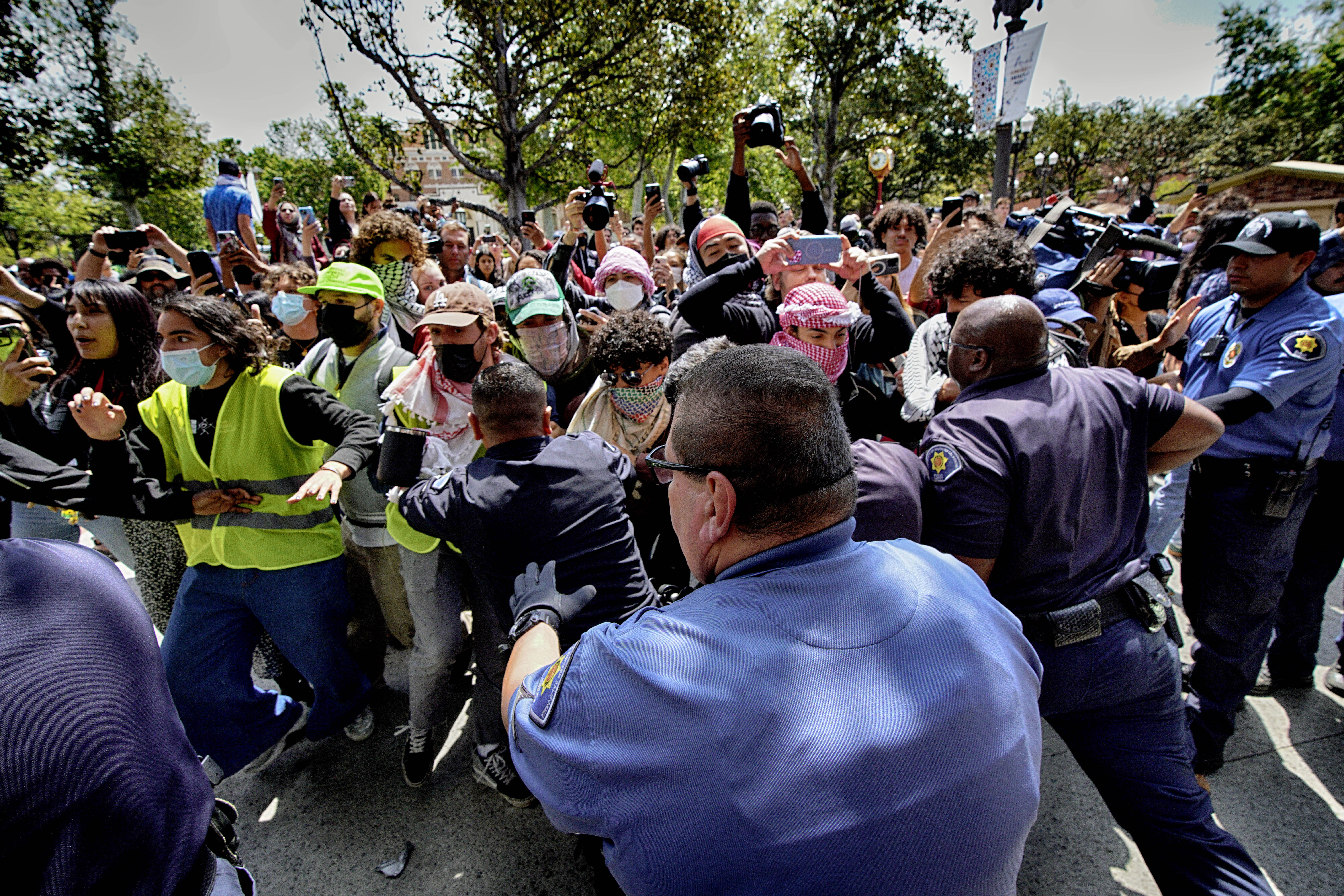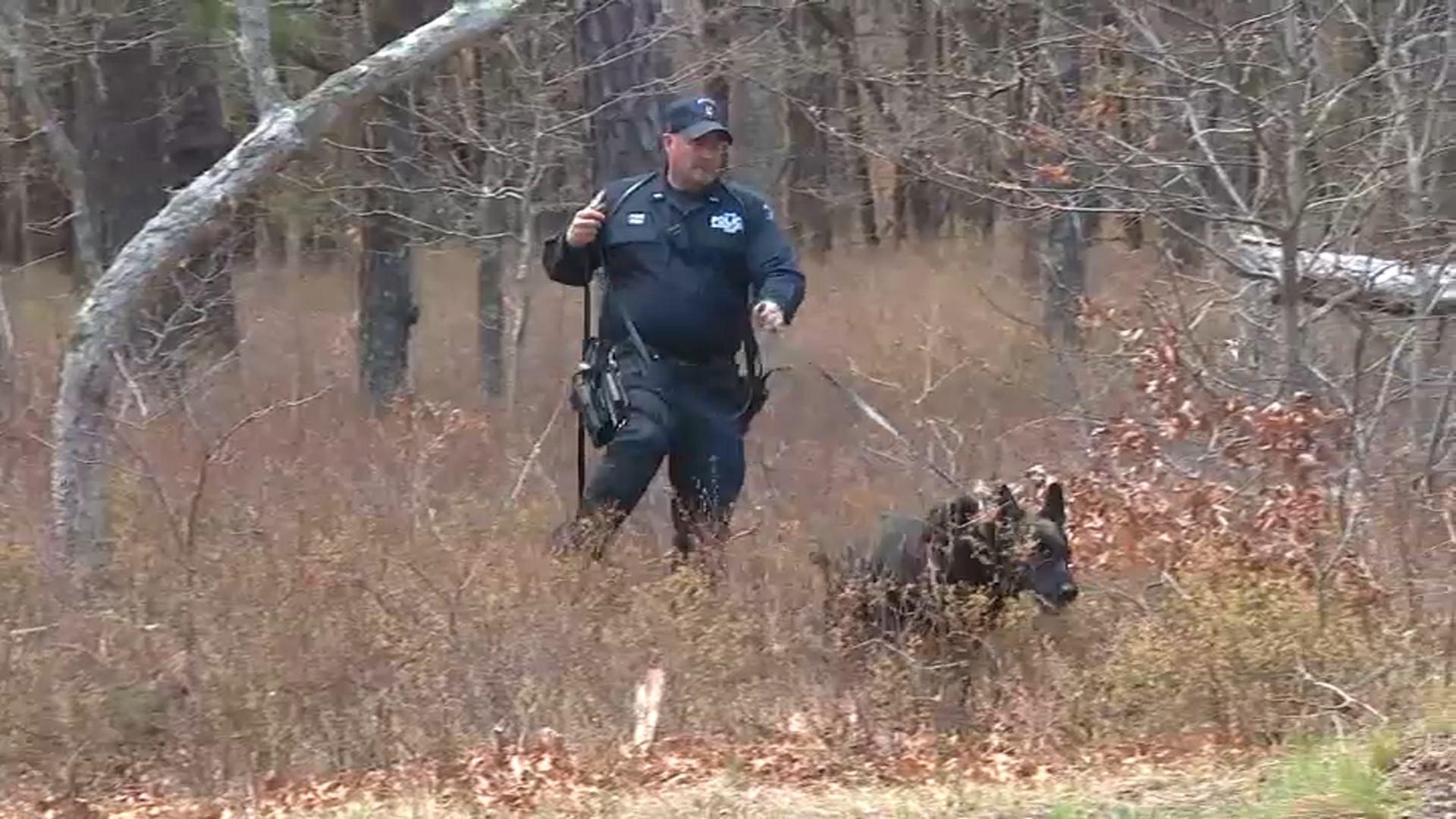For the first time in the New York City subway's history, each night the trains stop, stations clear out and everything gets cleaned for four hours before the sun rises the following day.
For those who were homeless and spent their days in the subway system, it was supposed to be a time for NYPD and city outreach workers to get them into shelters. Many are taking the help: Mayor Bill de Blasio said 139 homeless people of 252 engaged in the first night of the MTA shutdown agreed to accept support. There have been 882 individuals removed from subways and stations since the nightly shutdowns started, and just under 60 percent have gone to shelters.
There are still many who refuse help and say they feel safer elsewhere during the COVID-19 pandemic, choosing to remain on the streets. More accurately, they may just be switching modes of transportation.
Many are simply heading for the city's buses instead. Some have started boarding shuttle buses reserved for essential workers. Transit workers say they're seeing a trend — as trains come to a halt from 1 a.m. to 5 a.m. in order for cars to be disinfected, those who were seeking refuge on board leave stations and head over to catch a ride.
"Because they're homeless, their hygiene is really poor. So our main concern is the safety of the bus operators and the riding public," JP Patafio, of the Transit Workers Union, said. "Bus service isn't support to be shelters for homeless. It's just not proper."
De Blasio tried to offer a more optimistic view of the situation, saying that 163 of the 269 homeless they engaged Thursday night accepted help, most of whom (148) went to city shelters. The other 15 went to hospitals.
"We have never seen results like this in our history, that this many people accepted services, and came in a single night. And it's happened three nights in a row," the mayor said.
News
The drivers of the buses say the situation seems to improve when there are more social workers involved. However, the bigger transit hubs continue to pose a problem.



